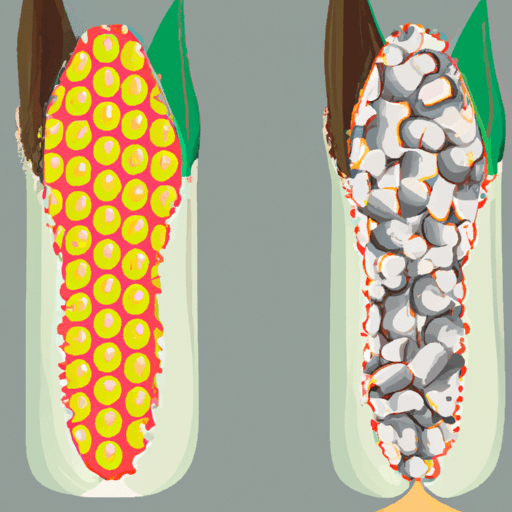The Impact of Climate Change on Home Gardaging
The alarming concept of climate change represents a significant transformation of our planet’s natural weather patterns, marked by increased global temperatures, melting polar ice caps, and rising sea levels. As the greenhouse gas emissions continue to trap more heat, our world starts experiencing changes that impact all sectors and activities, including home gardening.
Climate Change & Home Gardening
As our climate changes, the conditions for plant growth also evolve. Gardening enthusiasts and professionals worldwide have seen a seismic shift in gardening practices due to changing climates. Plants that once thrived may struggle or fail, while others previously incapable of growing in certain areas suddenly flourish.
Influence of Climate Change Factors on Home Gardening
- Warmer Temperatures: Higher temperatures can cause heat stress in plants, potentially leading to reduced yields and in worst scenarios, plant death. The warmer conditions also aid in the proliferation of certain pests and diseases.
- Changing Rainfall Patterns: Altered precipitation patterns can lead to prolonged drought or flooding, both of which are detrimental to plant health.
- Extreme Weather Events: Increased frequency and intensity of storms or extreme cold can cause physical damage to plants, disrupt their growth cycles and reduce their productivity.
Adapting Gardening Practices to Climate Change
To counter these impacts and protect our gardens, innovative and adaptive strategies are required. Here are some actionable tips for gardening in a changing climate:
- Irrigation Solutions: Efficient water management practices like drip irrigation systems and mulching can help conserve water and maintain soil moisture during droughts.
- Drought and Heat Resistant Plants: Choose varieties that are more tolerant to extreme conditions. For example, succulents and certain native plants can endure hot and dry climates.
- Adjusting Planting and Harvesting Times: Shifting planting dates or switching to plant varieties with longer or shorter growing seasons can help adjust to changing seasonal patterns.
Fighting Climate Change through Home Gardening
More than just surviving climate change, our home gardens can be a part of the solution. A well-maintained garden absorbs carbon dioxide, a major contributor to global warming. Gardening practices like composting organic waste or maintaining a diverse plant palette can also enhance the garden’s resilience to climate variability, while helping to combat climate change.
To conclude, while climate change poses formidable challenges to home gardening, strategic adaptation and management can turn our gardens into climate-resilient spaces and climate change combatants.
















Comments
Leave a Comment